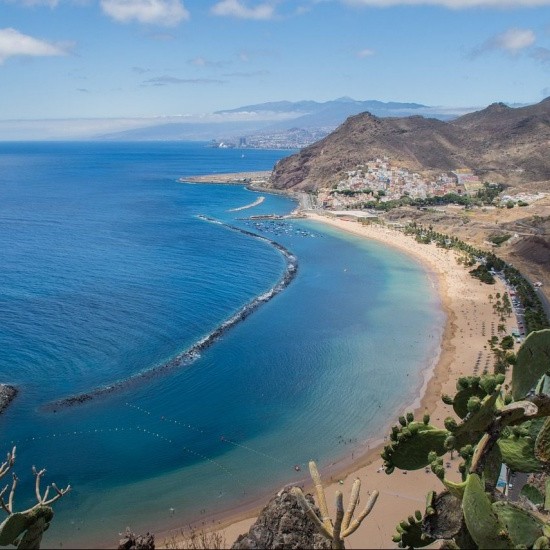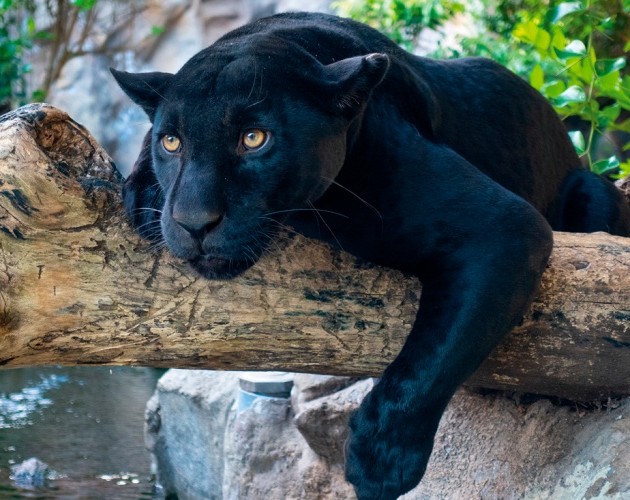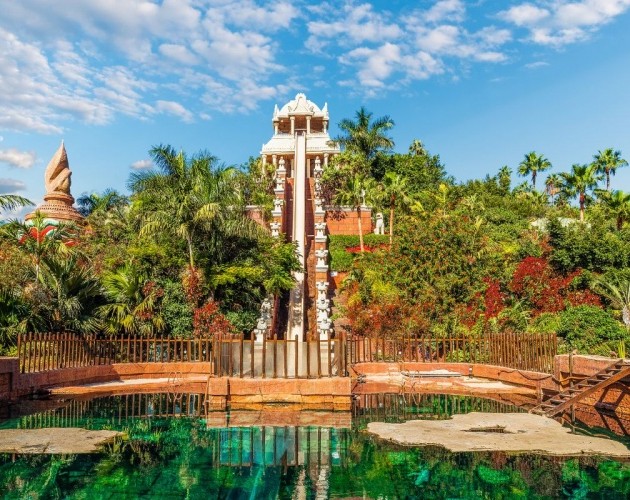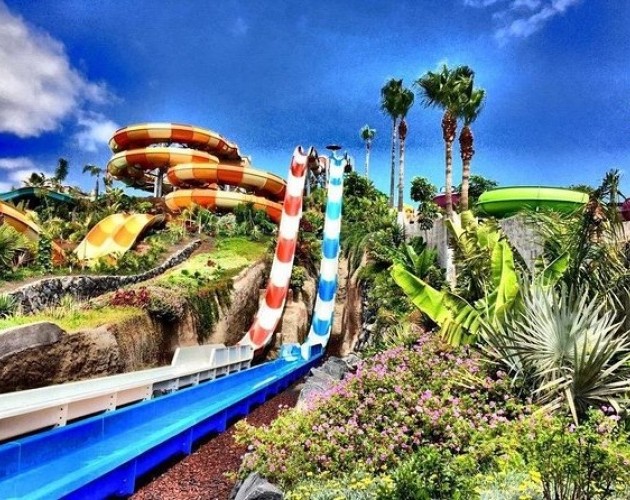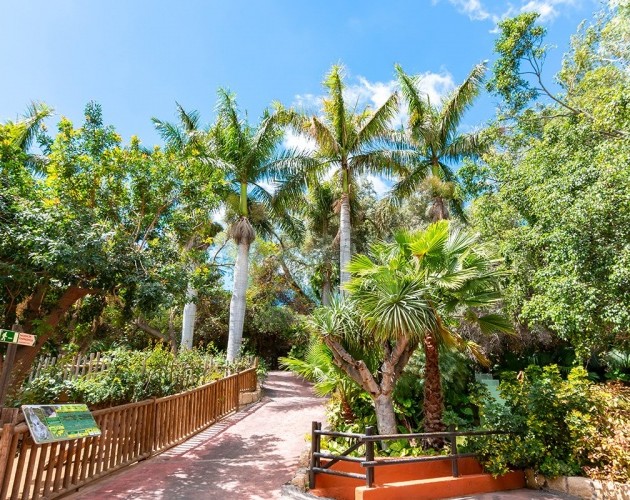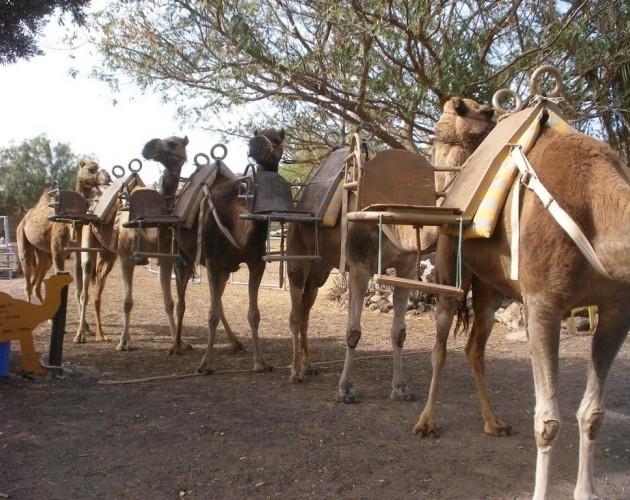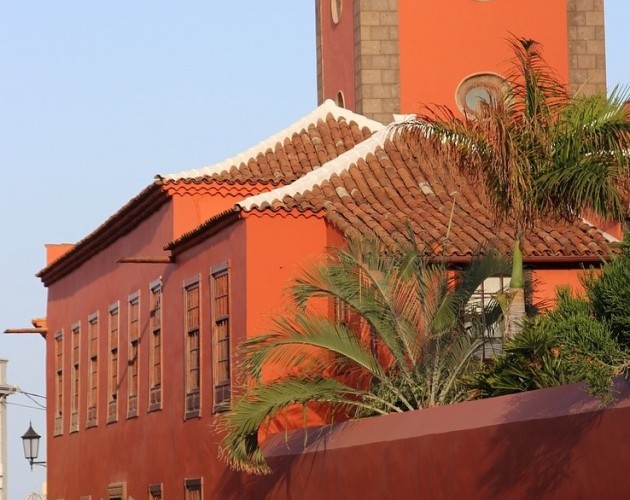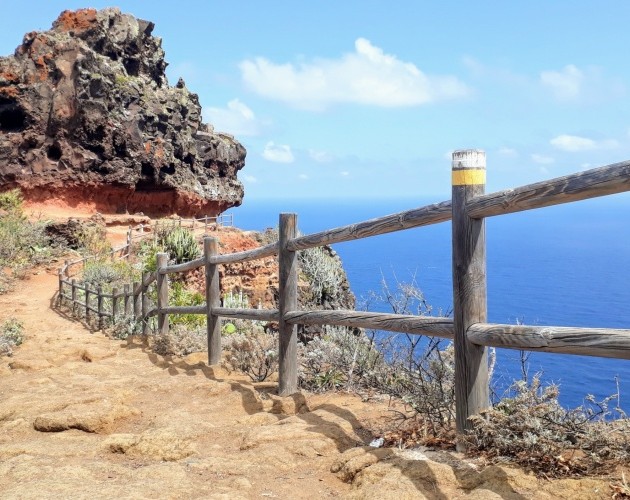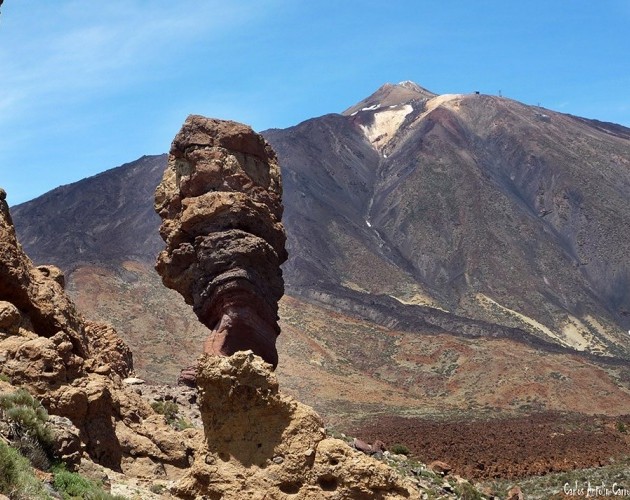The island of Tenerife
A PLACE OF CONTRASTS
Tenerife is an island in the Atlantic Ocean, belonging to the Autonomous Community of the Canary Islands (Spain). Together with La Palma, La Gomera and El Hierro, it forms the province of Santa Cruz de Tenerife. With an area of 2,034.38 km² and a population of 888,184 inhabitants (2015),5 it is the largest island of the Canary Archipelago and the most populated island of Spain.
Its subtropical climate, and the spring-like temperatures that the Canary Islands enjoy, with sunshine practically all year round, and all this together with its variety of volcanic landscapes, its people, and its beaches, make Tenerife an ideal place for your vacations.
The island has another place listed by UNESCO as a World Heritage Site, the Teide National Park, which is the most visited in Spain and one of the most seen in the world. It is the highest elevation in Spain and the third largest volcano in the world from its base on the ocean floor, the Teide. For its natural and ethnographic richness, the Anaga Massif has also been catalogued as a Biosphere Reserve by UNESCO. This is also the natural area with the greatest number of endemic species in Europe.
With theme parks, blue flag bathing areas and natural swimming pools, the south of Tenerife is a tourist destination suitable for families.
Enjoy its nightlife or a relaxing stroll by the sea, visit its shopping areas, forget the heat in its water parks and relax in its spa and relaxation facilities.

